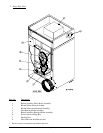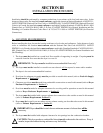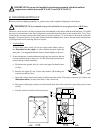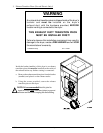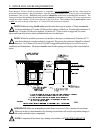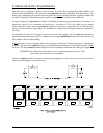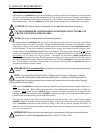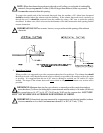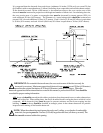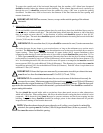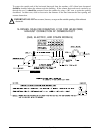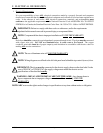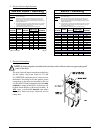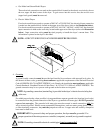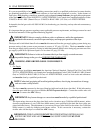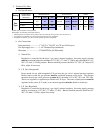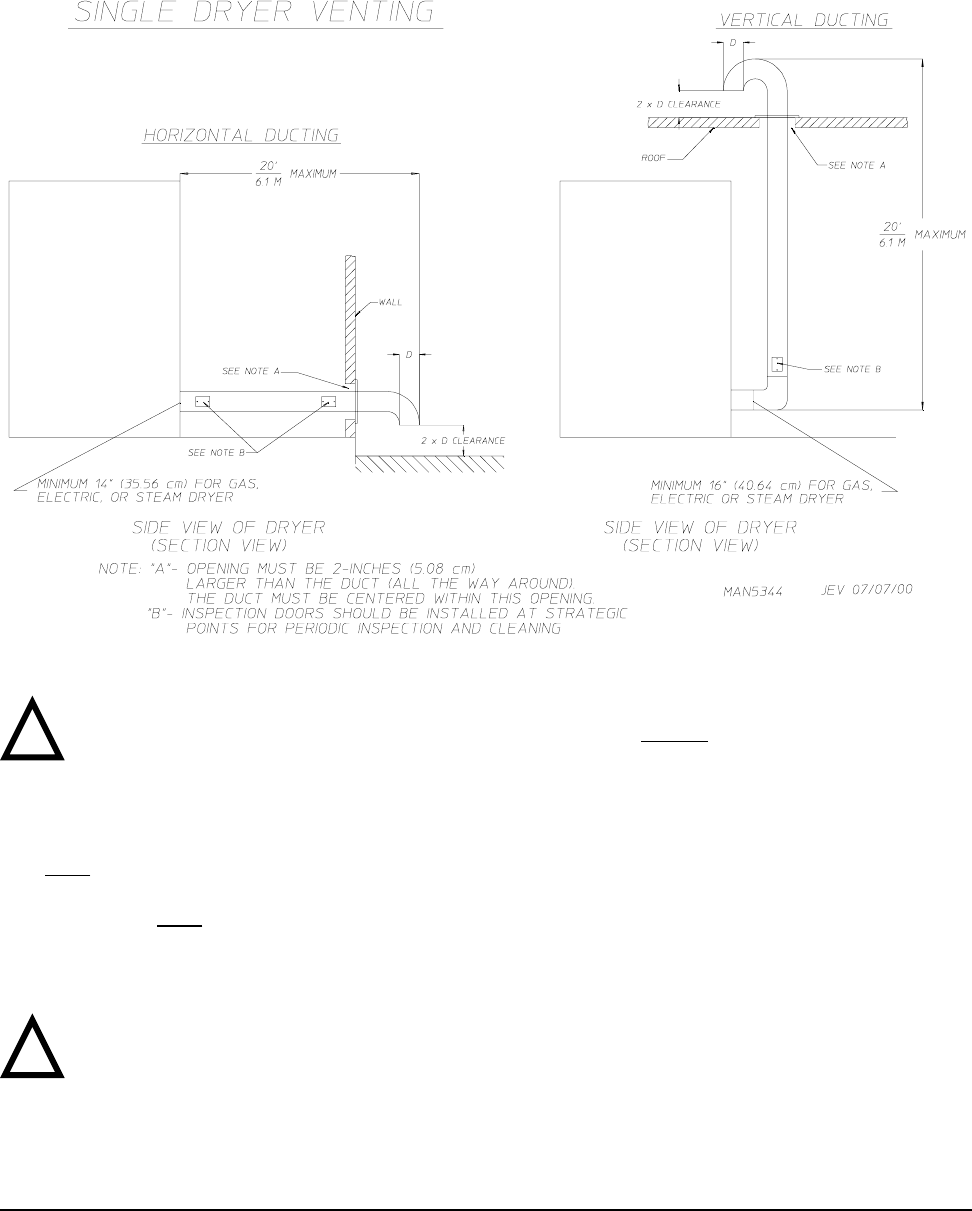
16 American Dryer Corp. 113386-14
It is suggested that the ductwork from each dryer (minimum 14-inches [35.56 cm]) not exceed 20 feet
(6.09 meters) with no more than three (3) elbows (including dryer connections and outside exhaust outlets).
If the ductwork exceeds 20 feet (6.09 meters) or has numerous elbows, the cross section area of the
ductwork must be increased in proportion to the length and number of elbows in it. In calculating duct size,
the cross section area of a square or rectangular duct must be increased by twenty percent (20%) for
each additional 20 feet (6.09 meters). The diameter of a round exhaust duct should be increased ten
percent (10%) for each additional 15 feet (4.57 meters). Each 14-inch (35.56 cm) 90° elbow is equivalent
to 30 feet (9.14 meters) and each 16-inch (40.64 cm) 90° elbow is equivalent to 36 feet (10.97 meters).
IMPORTANT: For extended ductwork runs, the cross section area of the duct can only be
increased to an extent. Maximum proportional ductwork runs cannot exceed 20 feet (6.09 meters)
more than the original limitations of 20 feet (6.09 meters) with two (2) elbows. When the
ductwork approaches the maximum limits as noted in this manual, a professional HVAC firm should be
consulted for proper venting information.
ALL ductwork should be smooth inside with no projections from sheet metal screws or other obstructions,
which will collect lint. When adding ducts, the duct to be added should overlap the duct to which it is to be
connected.
ALL ductwork joints must be taped to prevent moisture and lint from escaping into the
building. Inspection doors should be installed at strategic points in the exhaust ductwork for periodic
inspection and cleaning of lint from the ductwork.
NOTE: When the exhaust ductwork passes through a wall, ceiling, or roof made of combustible
materials, the opening must be 2-inches (5.08 cm) larger than the duct (all the way around). The
duct must be centered within this opening.
!
!



